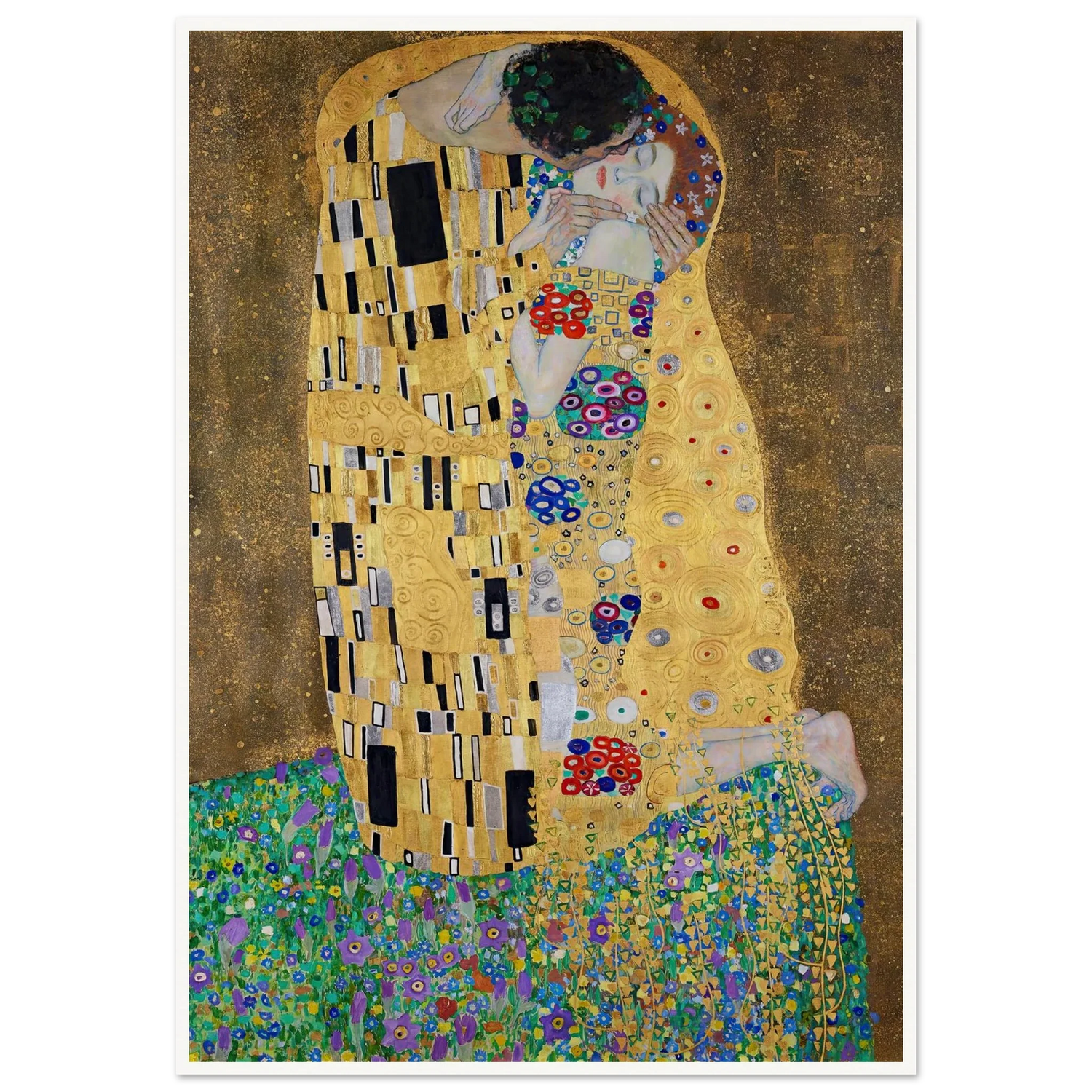The Seasons of Monet: How Light Changes Everything
Share
Claude Monet’s work is a meditation on light, color, and time. To view his paintings is to perceive the subtle shifts of nature and the transience of experience. Through repeated studies of the same subjects across seasons, Monet reveals how light transforms perception, creating a dialogue between artist, landscape, and observer.
Consider the Rouen Cathedral series (1892–94). Monet painted the cathedral at different times of day and under varying atmospheric conditions. The stone façade is never identical. Morning fog softens details into a shimmering veil of gray and lavender. Afternoon sunlight sharpens edges and casts golden highlights. By painting the same subject multiple times, Monet captures the ephemeral qualities of light itself, transforming a static building into a living observation of temporal change.

In the Water Lilies series (1916–19), Monet extends this investigation into the garden at Giverny. Ponds, lilies, and reflections fluctuate according to the season. Spring brings soft greens and pale blossoms, while summer intensifies blues and yellows. Autumn introduces subtle browns and muted golds, and winter presents a quiet, icy reflection. Each variation is a study in perception. The viewer is compelled to slow down, observe, and appreciate the interplay of color, reflection, and atmosphere.

Monet’s garden and landscapes demonstrate that light is never static. In Houses of Parliament (1900–01), fog and haze dissolve architectural form, leaving an impression of air, moisture, and subtle hue. Even urban scenes are transformed into exercises in perception. Monet is less concerned with detail than with sensation. Color, tone, and reflection become the language through which he communicates temporal and emotional shifts.

Through these seasonal studies, Monet teaches that observation is an active, patient process. Light shapes our perception of form, alters mood, and defines space. Every brushstroke is attuned to the delicate variations of time and environment. By following Monet’s approach, viewers are invited to see not just objects, but moments in flux, to appreciate the subtle shifts that define reality.
Monet’s genius lies in making us aware of the transient and beautiful qualities of everyday life. Through his attentive observation of light across seasons, landscapes, and reflections, he shows that art is not a record of static things. It is a record of seeing, of feeling, and of engaging with the world in its constant motion.





